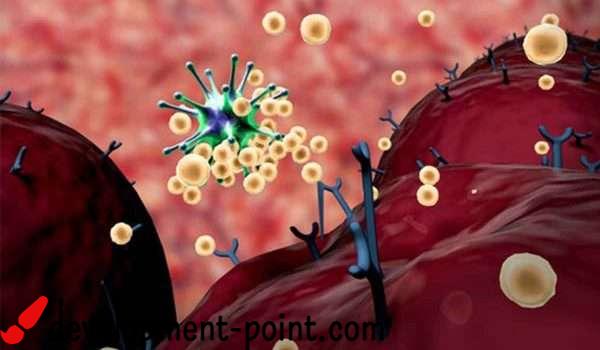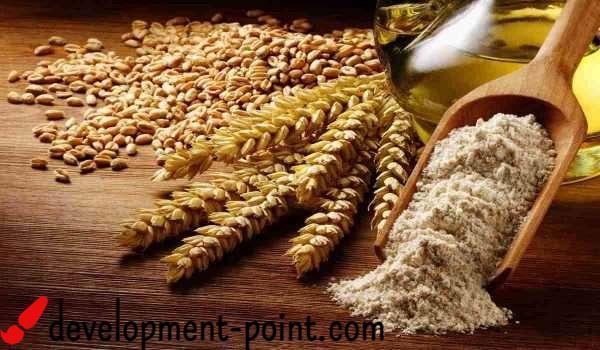Protein: What are the risks of decreasing and increasing it?
Did you know that the body contains large amounts of protein Including muscles, bones, and skin. Proteins act as neurotransmitters and carriers of oxygen in the blood. Due to its importance for the survival of life, every cell of the body contains thousands of proteins that work together to regulate the functions of the body.
protein
- The building blocks of protein are amino acids, which consist of carbon, oxygen, hydrogen, nitrogen, and sometimes sulfur. The body uses about 20 types of amino acids to synthesize proteins.
- The main function of proteins is to build, strengthen, and repair tissues and cells. Proteins may be structural such as collagen and keratin, hormonal such as insulin, transporters such as hemoglobin, or enzymes such as amylase.
sources of proteins
A person obtains protein by eating foods that contain amino acids, especially since there are 9 types of essential amino acids that the body does not manufacture, but rather obtains through the diet. These are histidine, isoleucine, leucine, lysine, methionine, phenylalanine, threonine, tryptophan, and valine.
types of protein foods
There are usually 3 types of protein foods:
- Whole protein foods: Which contain all the amino acids like meat and dairy products.
- Incomplete protein foods: Which contains at least one amino acid, like many plant foods such as grains and beans.
- Complementary protein foods: This term is used to refer to two or more types of incomplete protein foods, which can be used together to form a source of complete protein such as wheat bread with peanut butter.
risk of protein deficiency
Lack of protein in the diet is common for many people, which results in malnutrition problems. Among the causes of protein deficiency:
Severe protein deficiency may also lead to:
- skin diseases
- muscle weakness
- stunted growth in children
- Hormone imbalance
To prevent protein deficiency, you should provide the body with protein-rich foods such as lean meat, poultry, seafood, and nuts.
The dangers of excess protein
The average calculation of the body’s needs for protein foods is 1 gm of protein per 1 kg of body weight. The recommended ratios for protein intake may vary according to several factors such as gender, age group, activity levels, pregnancy and lactation. Many researches have shown that eating more than 2 gm of protein per kg of body weight daily and for a long period may lead to health problems such as:
Excessive protein intake may also lead to serious health risks, such as:
- heart disease
- vascular disorders
- Kidney and liver problems
- It may also lead to death
Important tips when eating protein
The body’s need for protein does not necessarily mean eating more meat, as there are other sources that help provide the body with sufficient amounts of protein. So it is better:
- Diversity in eating protein foods such as poultry, fish, nuts, soy products, and others.
- Choose low-fat meat and dairy products.
- Follow healthy cooking methods that do not add more fat, such as grilling.
- Avoid eating processed meats, as sodium is added to them, which may lead to high blood pressure.
- Avoid eating protein bars that are rich in sugar.

